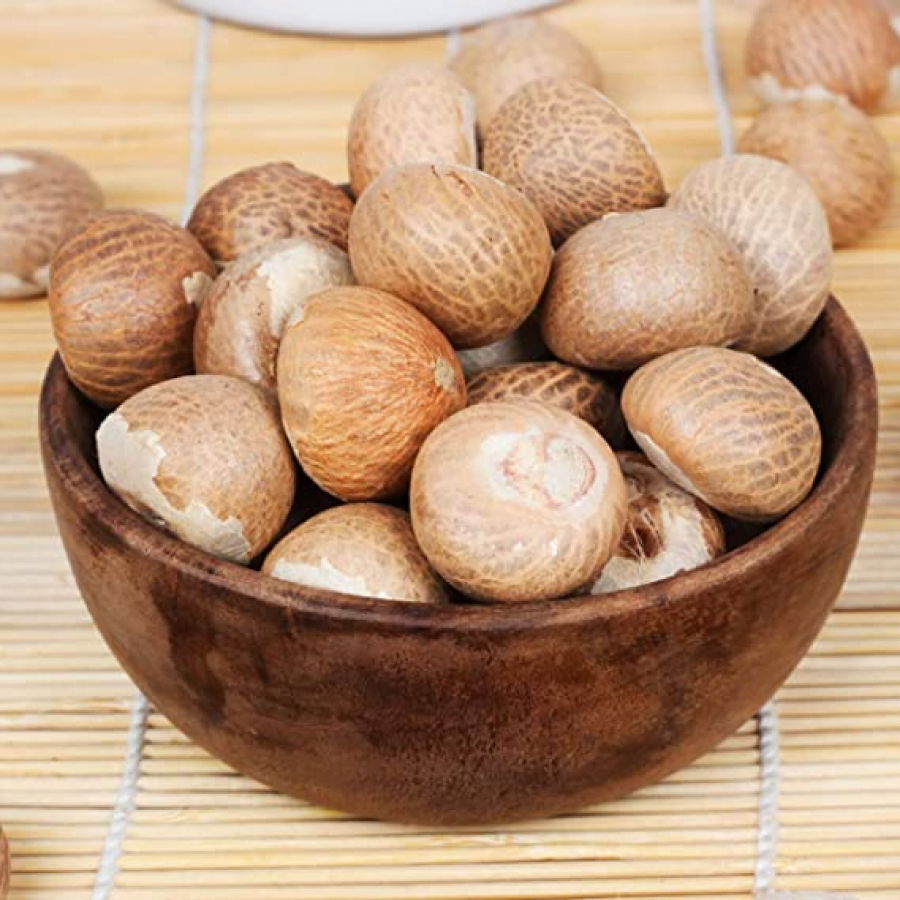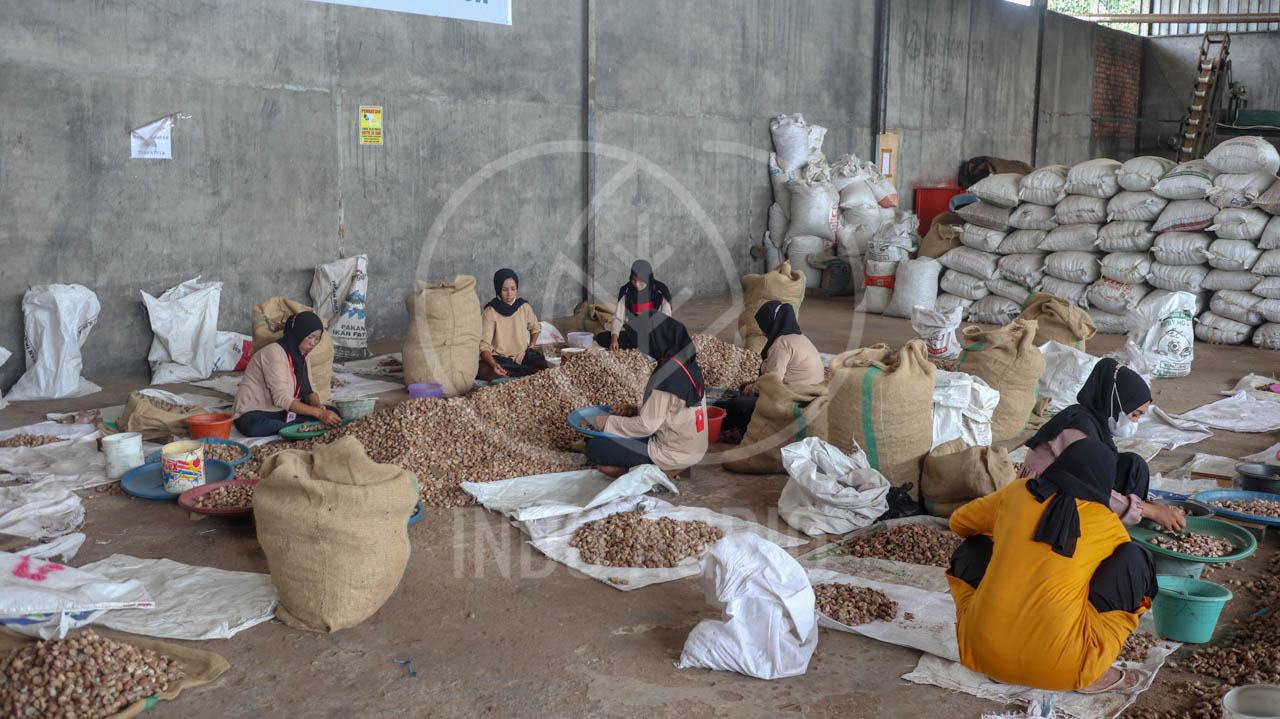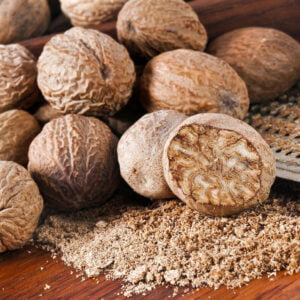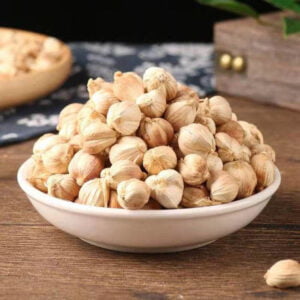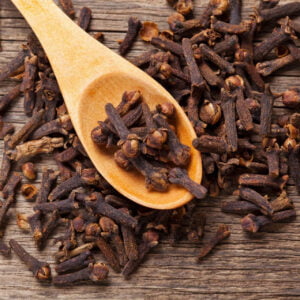Betel Nut
Betel Nut, also called Areca Nut, derived from the areca tree, is a versatile product with cultural, medicinal, and recreational relevance. Indonesia, a prominent spice supplier, contributes significantly to its availability. The nuts, obtained from pinnate palm trees about 1.5 meters tall, come in various states—fresh, dried, or pickled—achieved through methods like boiling, roasting, or pickling.
Notably, betel quid, a blend of betel nut, tobacco, and lime wrapped in a betel leaf, serves both cultural and medicinal purposes. It’s utilized alone or combined with other ingredients for schizophrenia treatment, glaucoma alleviation, stimulation, and digestion aid. Intriguingly, some engage in recreational betel nut use due to its impact on the central nervous system. The multifaceted nature of betel nut showcases its importance across cultural traditions, healthcare, and leisure.
Betel nut, a treasured gem of the botanical world, holds a significant place in various cultures and traditions across the globe. Its history spans centuries, and its uses are as diverse as they are intriguing. In this article, we'll dive into the captivating realm of betel nut, exploring its origins, cultural significance, health implications, and much more. So, join us as we unravel the secrets behind this enigmatic nut.
The Betel Nut: An Introduction
Originating from the tropical regions of Indonesia, the betel nut is a seed harvested from the areca palm (Areca catechu). With its distinctive reddish-brown color and mildly bitter taste, it has been an integral part of various cultural practices for centuries.
Nutritional Profile of Betel Nuts
Betel nuts might be small, but they pack a nutritional punch. Rich in carbohydrates, healthy fats, and dietary fiber, they provide a quick source of energy. They also contain vitamins such as thiamine and niacin, contributing to overall well-being.
Traditional and Cultural Significance
Betel nuts hold deep cultural roots in many Southeast Asian societies. They are often chewed wrapped in betel leaves along with slaked lime and other condiments, creating a concoction known as "betel quid." This practice is not only a social activity but also a symbol of hospitality and respect.
Health Implications of Betel Nut Consumption
While betel nuts have cultural importance, their consumption has raised health concerns. The habit of chewing betel quid has been associated with potential oral health issues, such as stained teeth and gum problems. Additionally, long-term use has been linked to more serious health risks, including an increased risk of oral cancer.
Modern Research and Awareness
Scientific studies have shed light on the potential health hazards of regular betel nut consumption. As a result, efforts are being made to raise awareness about the associated risks. Governments and health organizations are working together to educate the public and discourage excessive betel nut use.
Sustainable Sourcing and Environmental Impact
Indo Agrio takes pride in its commitment to sustainable sourcing practices. The cultivation of betel nuts, like any agricultural activity, can have environmental implications. By adopting responsible farming methods, Indo Agrio strives to minimize its ecological footprint.
Indo Agrio as Responsible Supplier
As a leading supplier and exporter, Indo Agrio ensures the quality and integrity of its products. The company's dedication to fair trade practices and quality assurance makes it a trusted partner in the global spice trade.
Culinary Uses and Beyond
Beyond their cultural significance, betel nuts find their way into various culinary creations. They are used to add a unique flavor to traditional dishes and even find their place in modern gastronomy, contributing to the fusion of flavors and textures.
Exploring Alternatives
Given the health concerns associated with betel nut consumption, there is a growing interest in finding alternatives. This has led to the development of products that mimic the flavors and experiences associated with betel nuts, without the associated risks.
Betel Nuts in the Global Market
The global demand for spices and traditional ingredients is on the rise. Betel nuts, despite their challenges, continue to be a sought-after commodity due to their cultural significance and distinct flavor profile. Indo Agrio plays a vital role in meeting this demand sustainably.
Preserving Cultural Heritage
As societies evolve, the preservation of cultural practices becomes crucial. Betel nuts, deeply intertwined with the traditions of certain communities, serve as a reminder of the importance of maintaining cultural heritage while also adapting to changing times.
Conclusion
In the tapestry of tropical commodities offered by Indo Agrio, betel nuts stand as a testament to the rich interplay between culture, agriculture, and nutrition. While they continue to be cherished for their cultural significance, it is important to approach their consumption with awareness of the potential health implications. Through sustainable practices and responsible sourcing, Indo Agrio demonstrates its commitment to both its customers and the environment.

